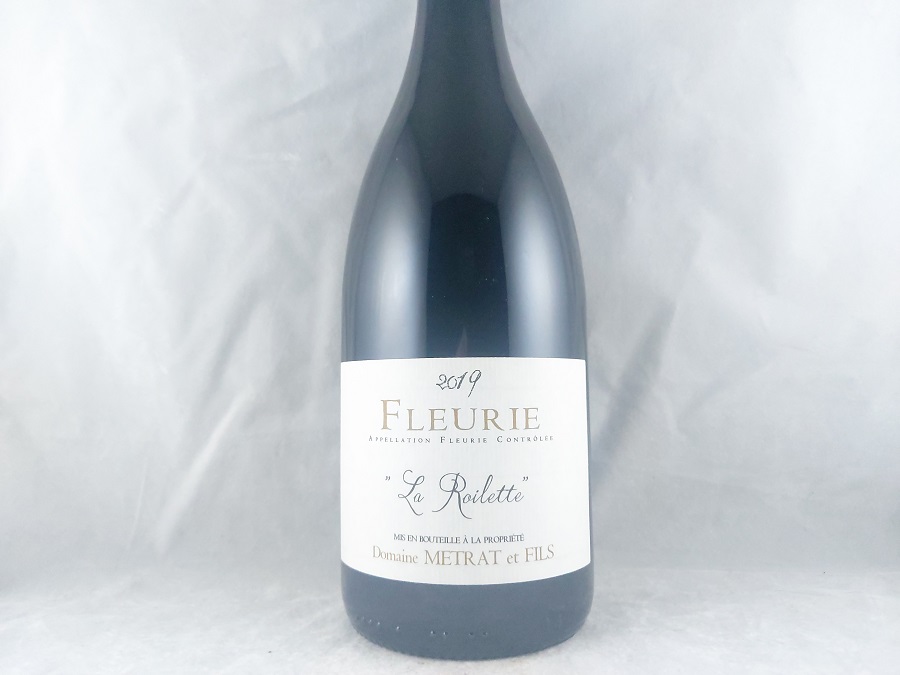Riesling is one of the ‘noble’ varieties of grapes used to make wine. I believe it to be the King (or should I say Queen?) of the aromatics. Found in most wine producing countries over the globe, and if made by someone with a passion for the variety, they will usually have success. However, Riesling seems most at home in Germany, Austria and Alsace where its ability to transmit the terroir shines through. The best wines of these regions, indeed the best Rieslings from outside these regions too, seem to develop and display personality and soul.
It appears that Riesling as a variety doesn’t seem to capture the attention of the greater drinking public. Therefore it remains the domain of ‘wine people’ (heaven forbid we use the term connoisseur). I feel there is a lot to like about Riesling. And of course I’d say that, I’m a wine person! Even a basic Riesling can be lovely. The perfume, elegance and understated nature of the wine with its lovely structure underneath punctuated by fresh and lively acidity. Add to that the lack of oak to mask these graceful characters and all of this adds up to a clean and fresh drink that enlivens the palate. The very best though can charm, intrigue, beguile. They don’t always jump out of the glass and instantly grab your attention like a Sauvignon Blanc may do. But there are layers and nuances that become apparent the more time you spend studying the wine.
One barrier to people enjoying Riesling is that they can range from bone dry through to lusciously sweet. And generally it is hard to tell from looking at the label what you are going to get. When thinking of Riesling its best to consider it in three broad styles; Dry, ‘Dry’ and Sweet. The Dry Riesling styles are truly dry. As in they have little to no residual sugar left after fermentation, high acid, very crisp and clean. Most Riesling from Australia and especially Clare and Eden Valleys fall into this category. So to do Germany’s ‘Trocken’ Riesling. ‘Dry’ Rieslings tend to have a touch of residual sugar that is used to balance high levels of acidity. They are refreshing, fruity and really lovely drinks that you should not be scared of tasting. Kabinett Rieslings, a lot of Alsace and New Zealand Rieslings tend to fall into this category. In Australia we tend to use the term ‘off-dry’ to describe these wines. Sweet Riesling is sweet, can be late picked, botrytised or even ice wines (left to freeze on the vine in winter). The best are truly complex and almost seem too pretty to drink. Like all great wines, the key to sweet Riesling is the balance. No matter how sweet it should have acidity that balances the sugar to make a clean and refreshing wine.
Riesling is a wine that can be drunk on its own, matched with white meats, pungent cheeses, spicy foods and it has been known to out shine even Pinot Noir when you are faced with a plate of lovely duck. It is a wine that is cheap for the quality you get and it is a must for any serious wine cellar. How can one grape bring so much joy? It just proves that there is a lot to love about Riesling.
Riesling Cheat sheet
Flavours
Tropical fruits, citrus, white flowers, stones, slate, white chocolate, pork fat/sausage meat.
With age it can add toffee/caramel, dry biscuits, kerosene, undergrowth, crème brulee.
Styles
Dry, off-dry, sweet, occasionally sparkling. Does not like oak.
Regions
Germany – Mosel (esp sweeter styles), Rheingau (dry styles), Pfalz
Austria – Wachau, Kremstal
France – Alsace
Australia – Clare Valley, Eden Valley, Frankland River, Henty
Aging
Drinks well on release to 12 months then goes into a dip from 2 years from vintage until about 7 years. In this period all the fruit drops off and the wine looks flat and disappointing. Afterward though the fruit returns as does the bottle aged characters that are so desired in Riesling.
Ready to try some Riesling? Why not check out some of TWD’s current wines:
All Riesling
Alsace Riesling
German Riesling
Austrian Riesling
Australian Riesling




What is there not to love about Riesling? I drink it all summer long as you never know what is in the water.